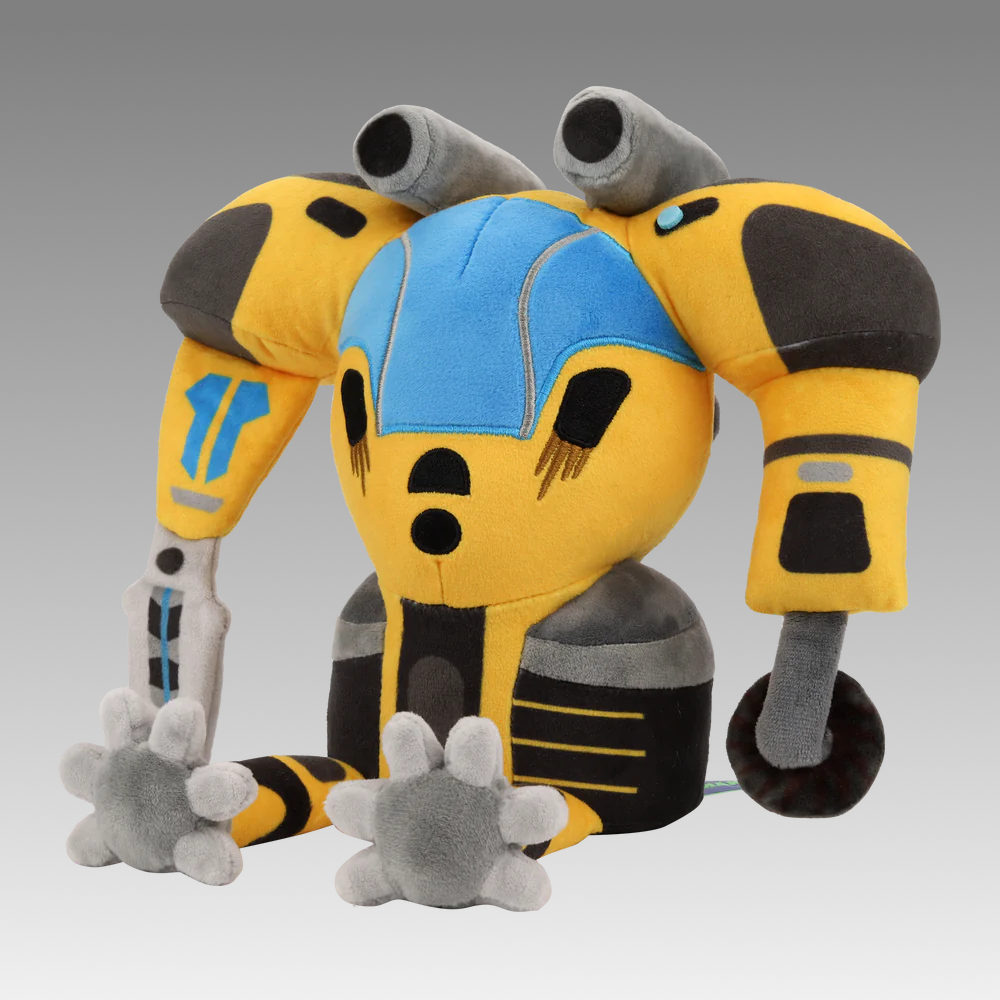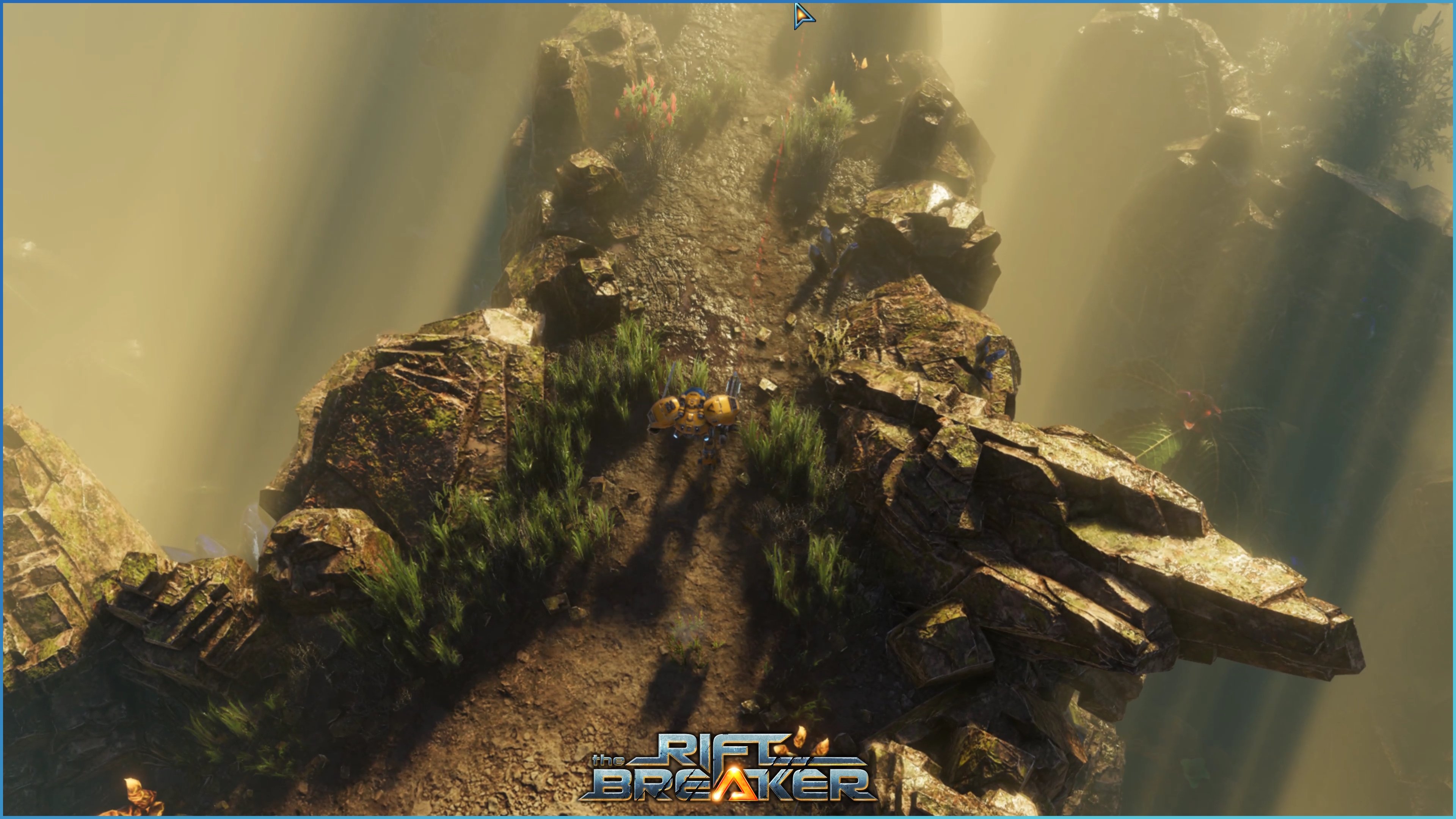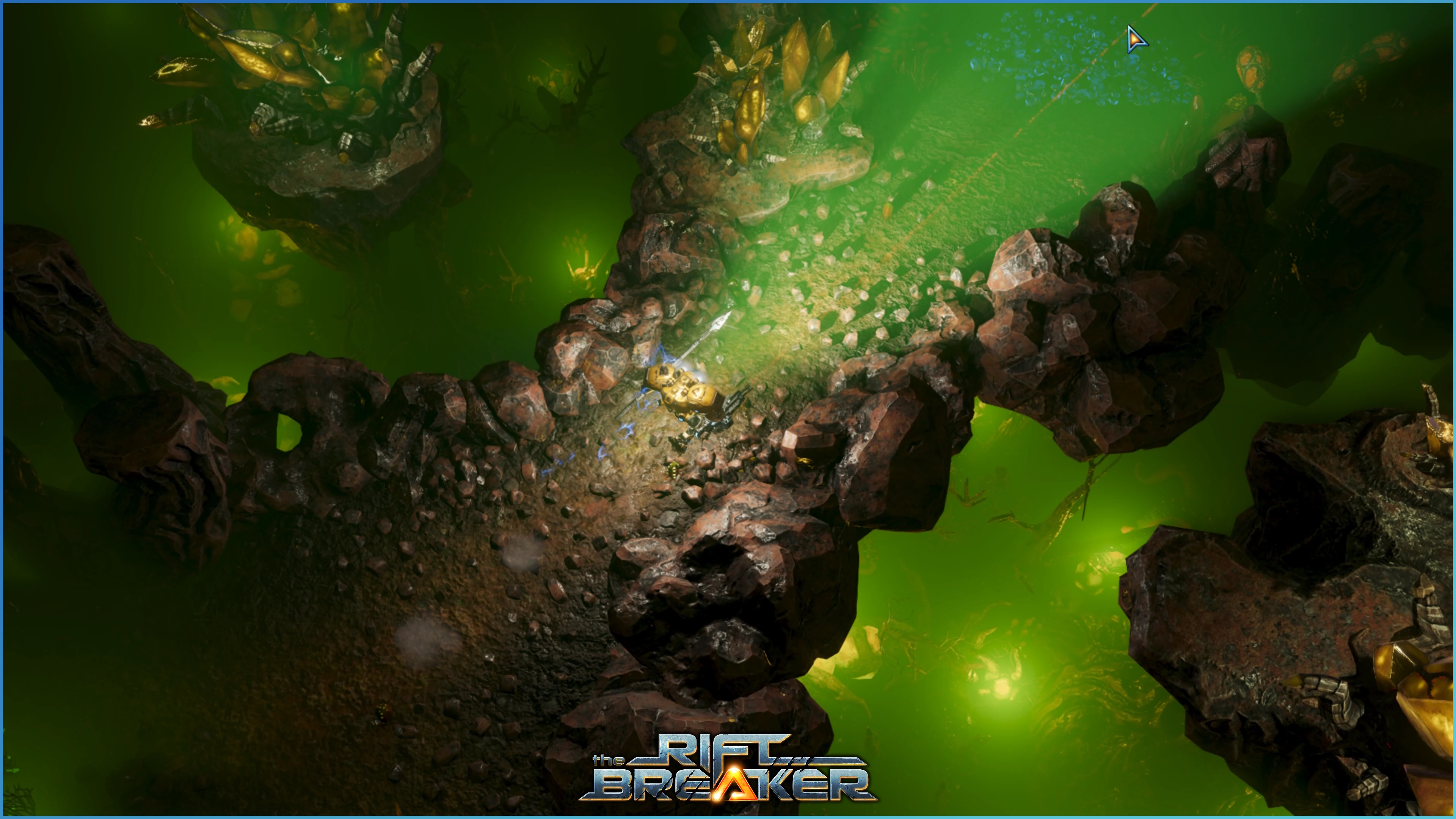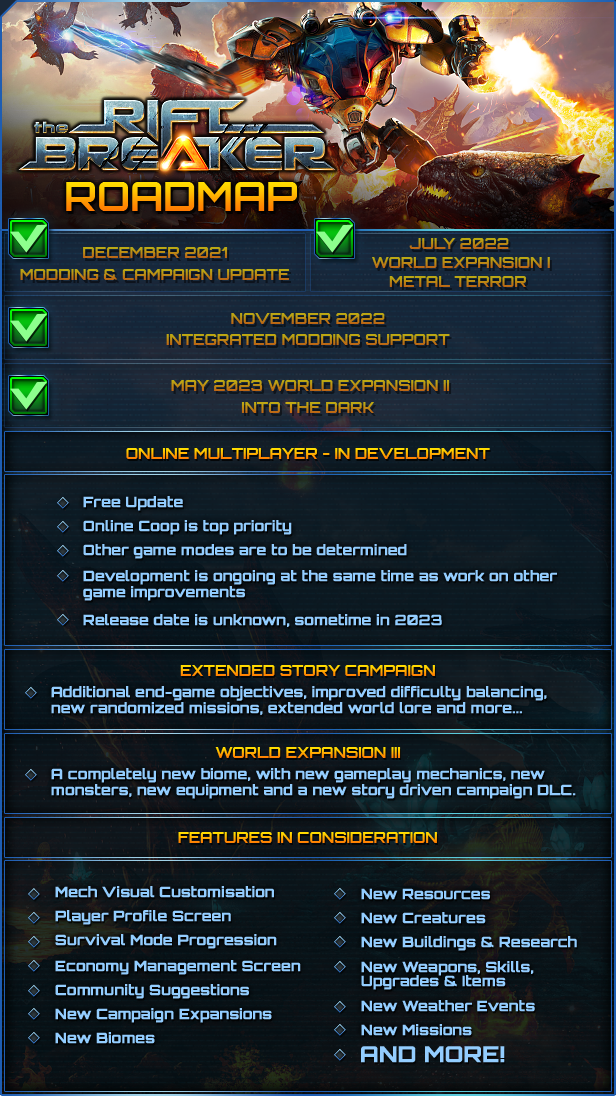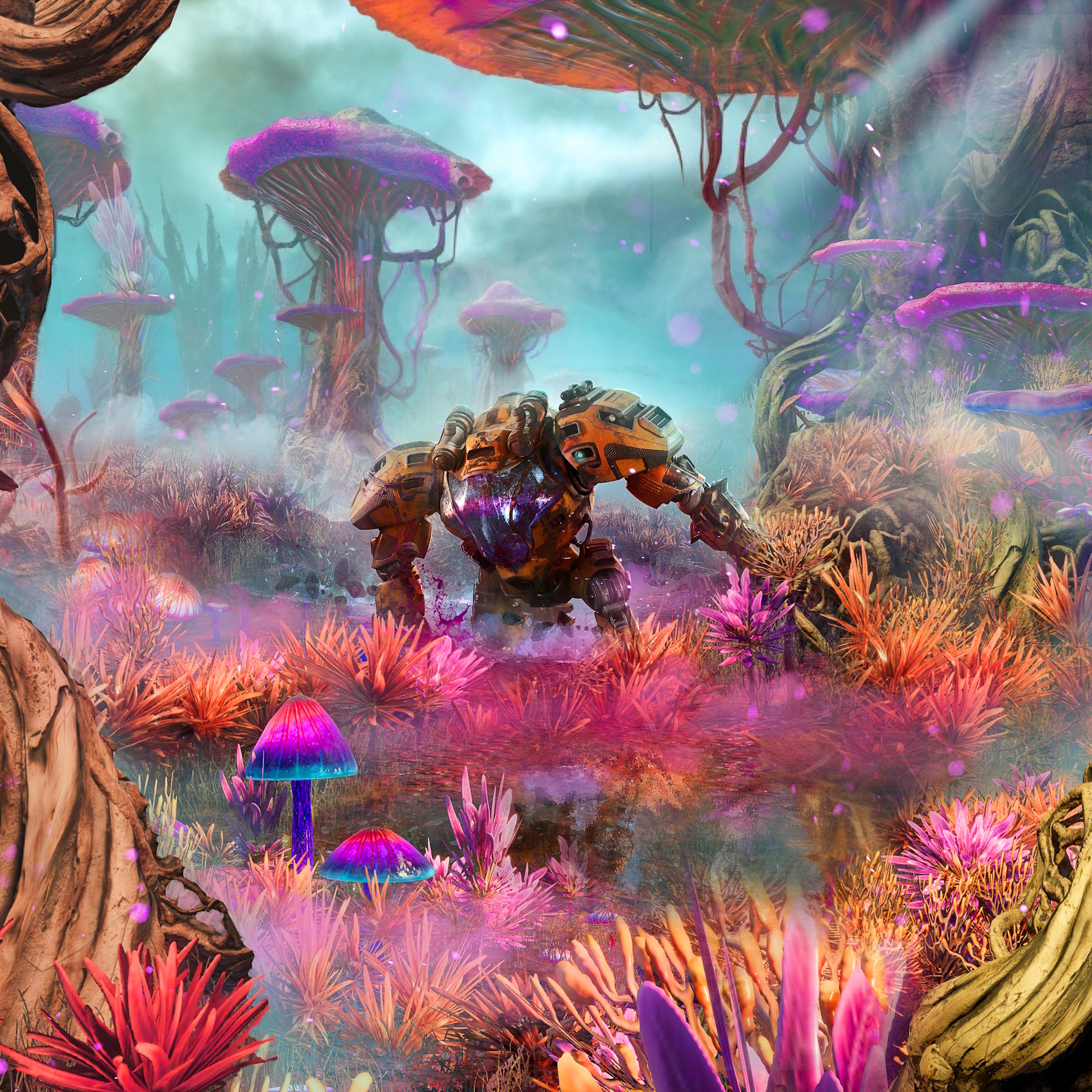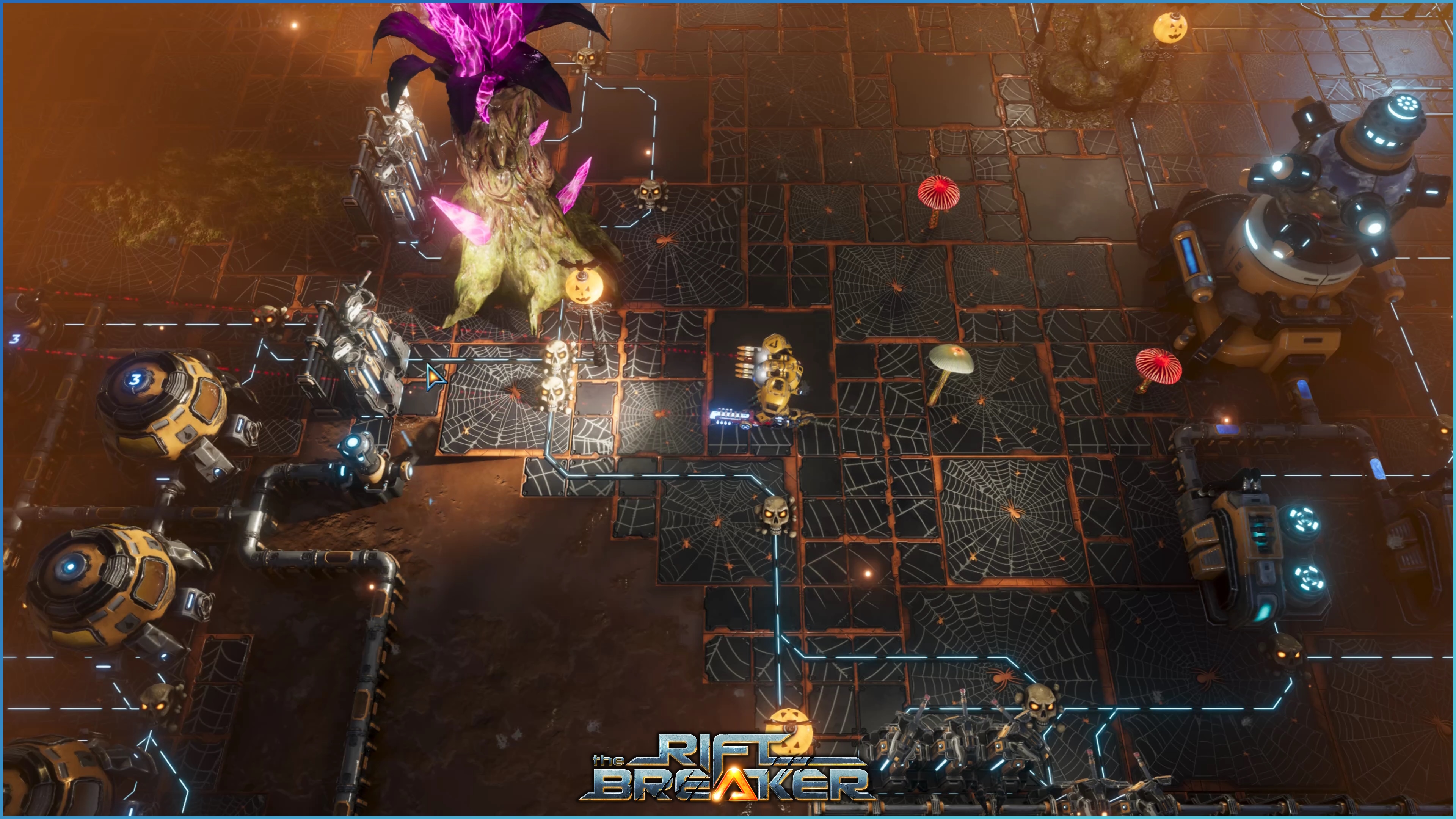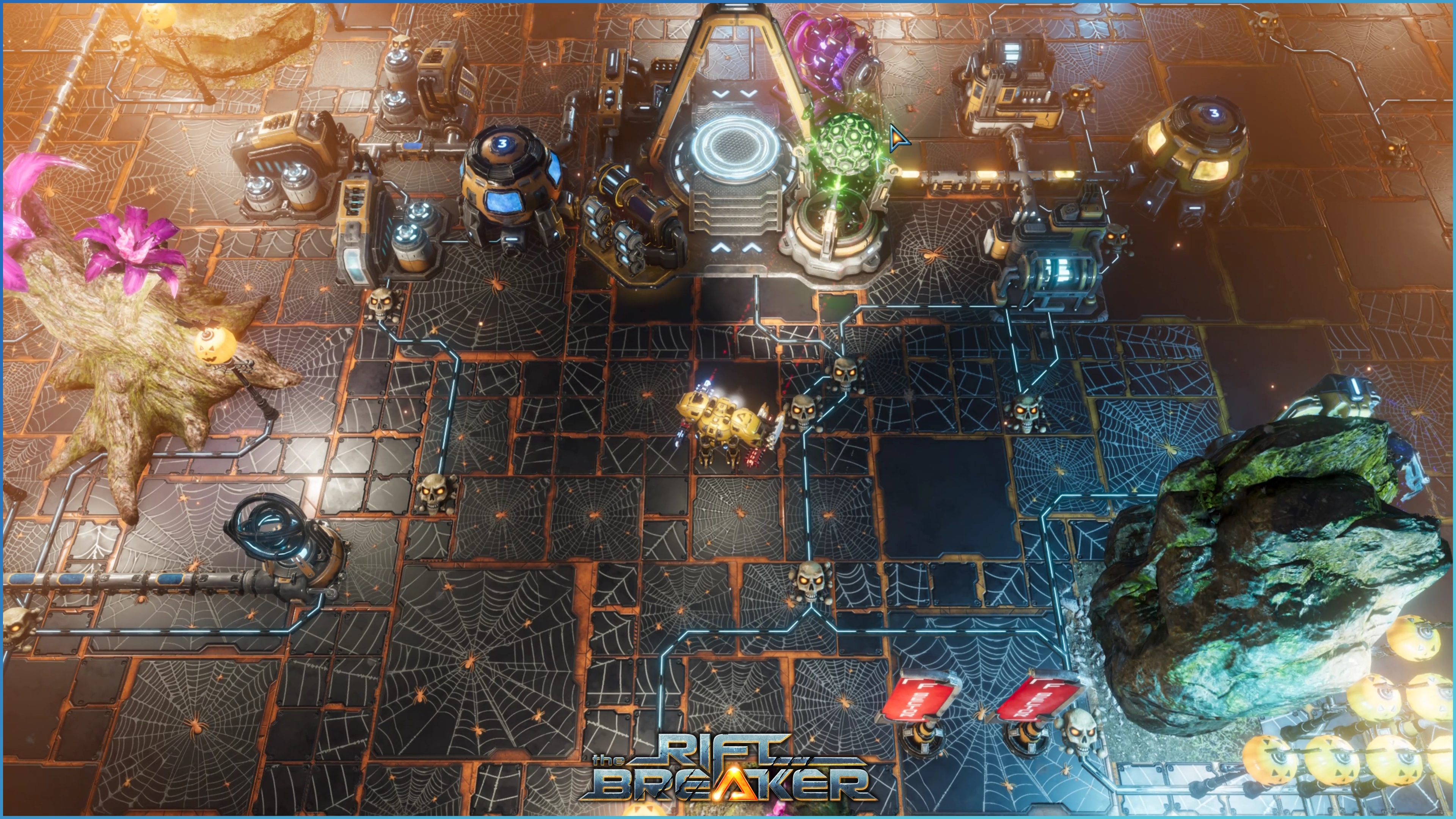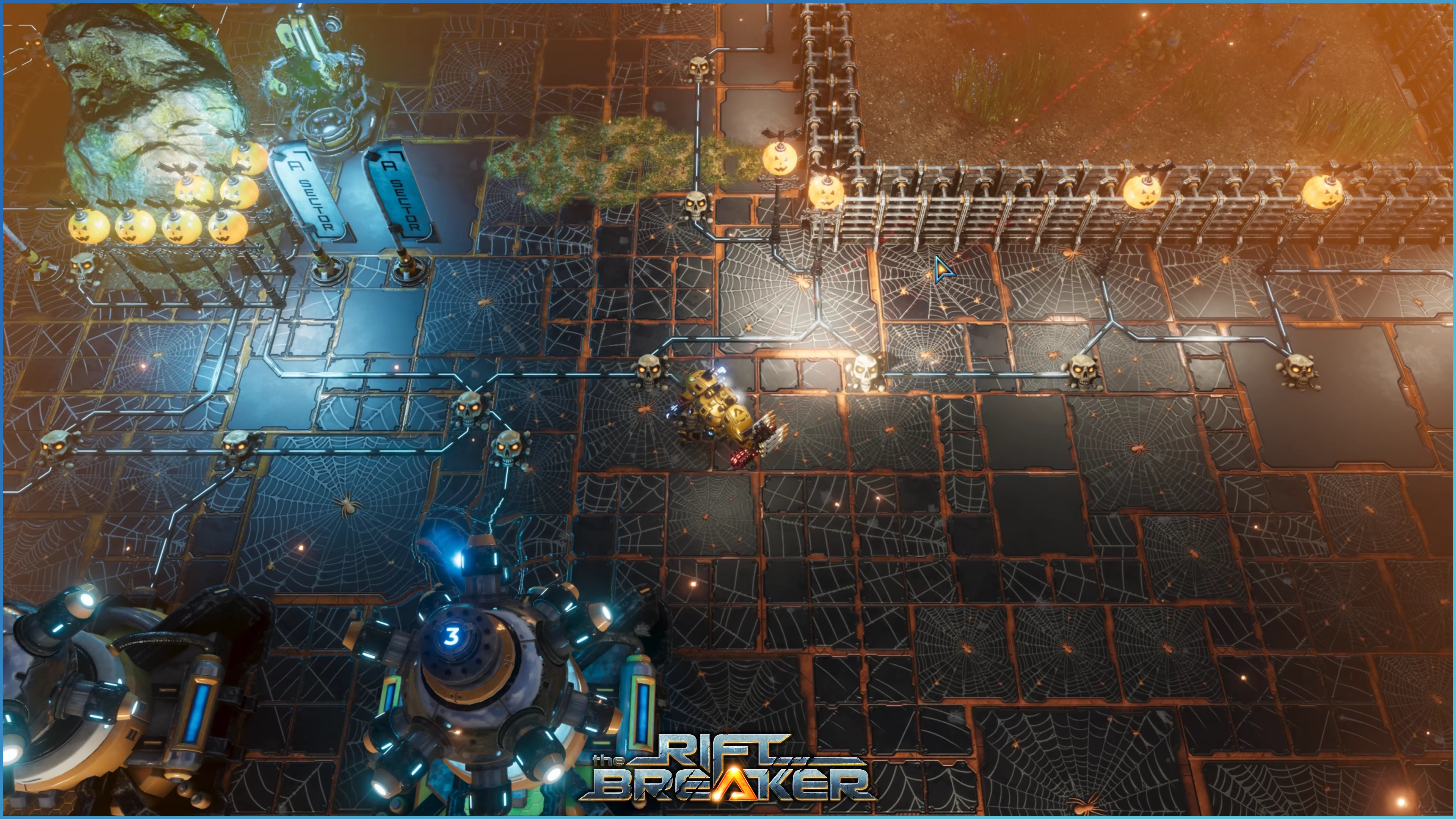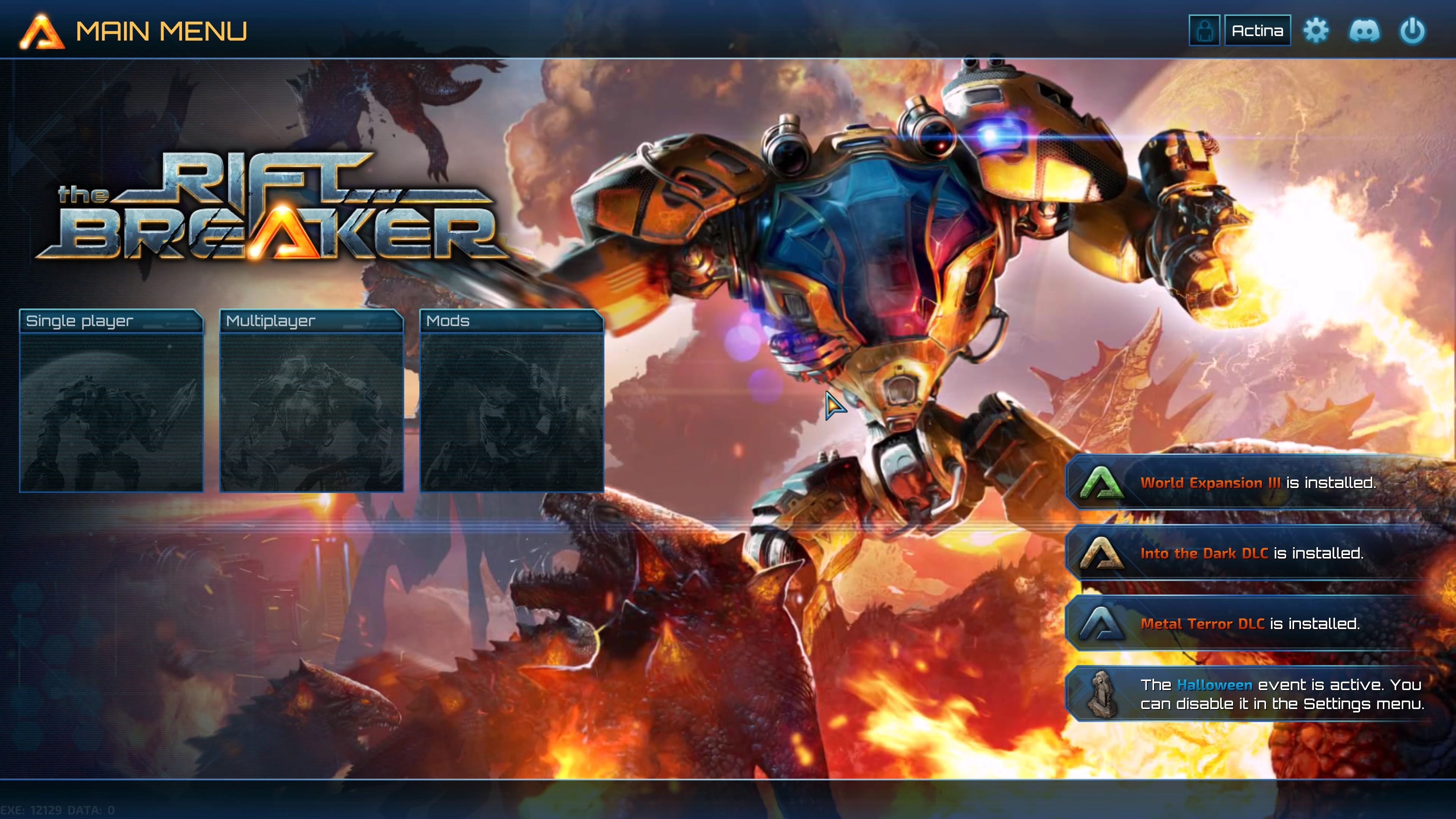
The Riftbreaker - voidreaver
Hello Riftbreakers!
We have always been huge proponents of modding and designed our games with modders in mind. The Riftbreaker’s data files are not obfuscated or encrypted, and our asset packs are simple zip files you can browse at will. We also gave you access to our custom-made Riftbreaker World Editor suite - the set of tools that we used to create The Riftbreaker’s campaign, databases, maps, and a lot of other things. Once in a while, a modder comes along and does something truly remarkable with these tools. Once again, that person is Molch, the author of the Arctic Map and Rift City mods. This time, Molch decided to recreate a typical European City as a map for The Riftbreaker. In fact, Molch has astounded us all with creativity, the level of detail, and some features that we didn’t even think were possible.

Mr. Riggs taking a peaceful stroll through the streets, bashing some cars along the way.
As mentioned earlier, Molch has already created one city map for The Riftbreaker. We described it at length in this article. This time, however, he went to the next level. The Riftbreaker does not contain great city-building assets by default. Most of the props and entities in the game are either plants, rocks, or futuristic sci-fi buildings. To get access to more buildings that fit a regular city map, he would either need to make them from scratch or port them from our previous games - Zombie Driver or X-Morph: Defense. Molch chose the second option. However, converting assets from our older games to work with The Riftbreaker is not a simple process. For our latest game we introduced Physics Based Rendering, or PBR for short. PBR aims to simulate the way that materials reflect light by giving them properties like roughness or metalness. Molch needed to rework all the materials to make the old props compatible with the new game. We have no idea how long it must have taken, but we’re sure it was a lengthy process.

You can destroy buildings chunk by chunk. Even though they won't collapse, it's still impressive!
Porting the assets from X-Morph: Defense and Zombie Driver had a fun little side effect - most of the props that we made for those games are destructible. When Molch ported these assets, he maintained that property, so everything you see around the city can be blown up if you have enough firepower! What is more - the buildings from X-Morph have had their interiors modeled as well, so when you blow holes through their walls, you can see the degree of your destruction by taking a detailed look at the ravaged remains of what used to be cozy apartments, shops, and offices. Another cute little detail is that our camera object culling system can show you what is inside those buildings when you get close to the wall with your Mech. Apart from all the buildings, trashcans, benches, and decorations, there are also plenty of cars around the city - some based on quite well-known models. You can destroy them, too, obviously!

Nobody can prevent you from going on a motor oil-fueled rampage!
With all these new models now available to him, Molch did a stellar job arranging them into a typical European city landscape. Wandering around the streets of the city, you are going to stumble upon typical elements of such a place. There is a town square with a small local market set up. There are little side streets with shops and other facilities. Parks and gardens add little bits of greenery every now and again, where people can enjoy recreational activities. There are even two football fields for the sports fans out there. The highway running through the city is blocked by an accident scene, and the local police force and paramedics are there to help the victims. It’s crazy how many little stories you can tell with just a couple of well-placed props. However, the city lacked something to make it more lively - humans.
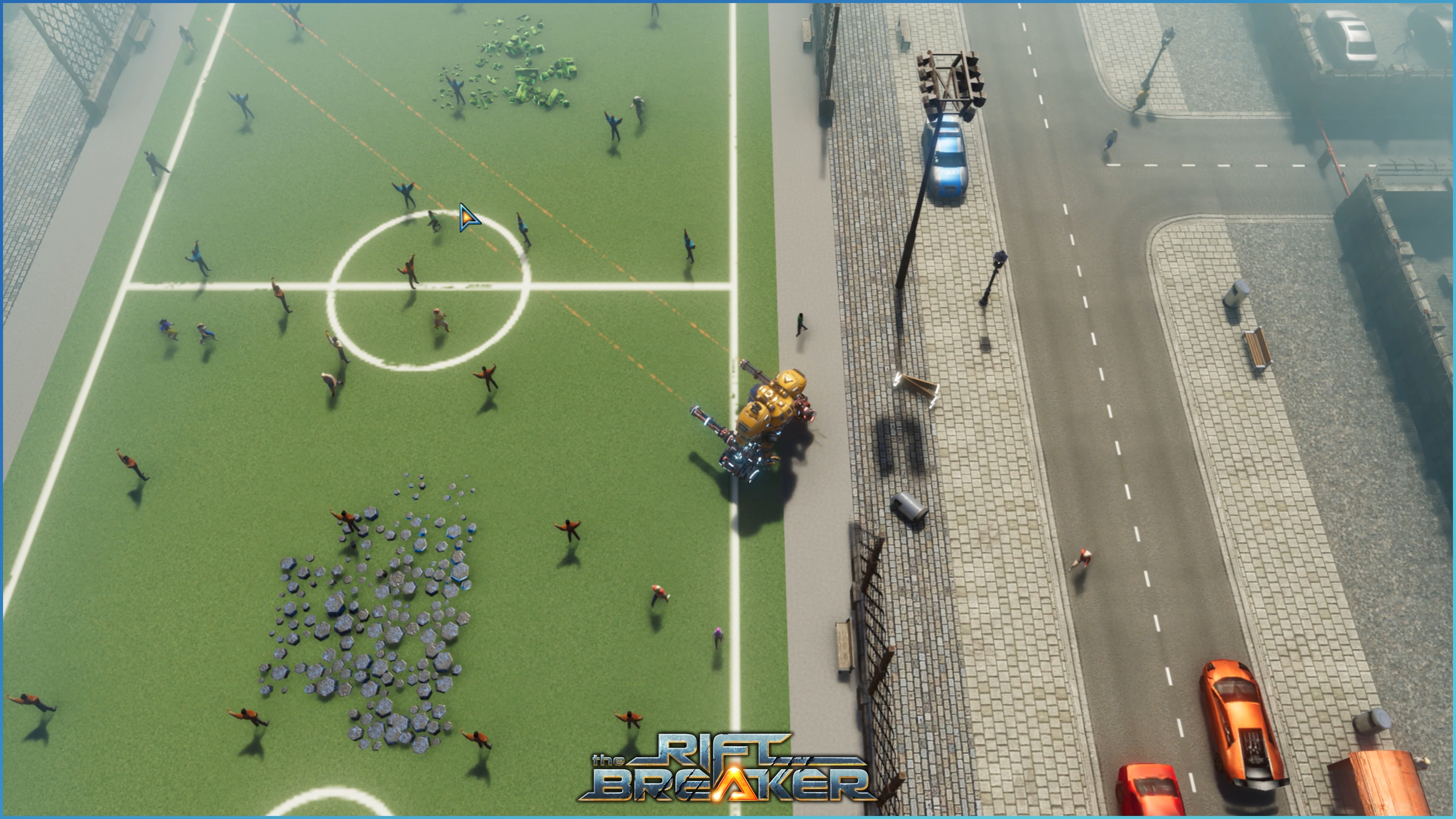
Pedestrians invading the football pitch, players T-posing in an act of protest.
To be honest, we still have no idea how the madman did it, but there are actual people walking around the map! We don’t know where the models are from, what script they’re running, or whether they are a brand new idea from Molch. All we know is that we absolutely love this feature. Pedestrians walking around the city are up to scale - considering Mr. Riggs is 4.5 meters tall, the humans reach somewhere up to his upper legs. They do not seem out of place and give you a feeling of how truly gigantic Mr. Riggs is. While we do not have any evidence for our claims, it would seem that more pedestrians spawn during the day than during the night, which is a great touch as well. Oh, humans are ‘destructible’ as well; do what you like with that knowledge.
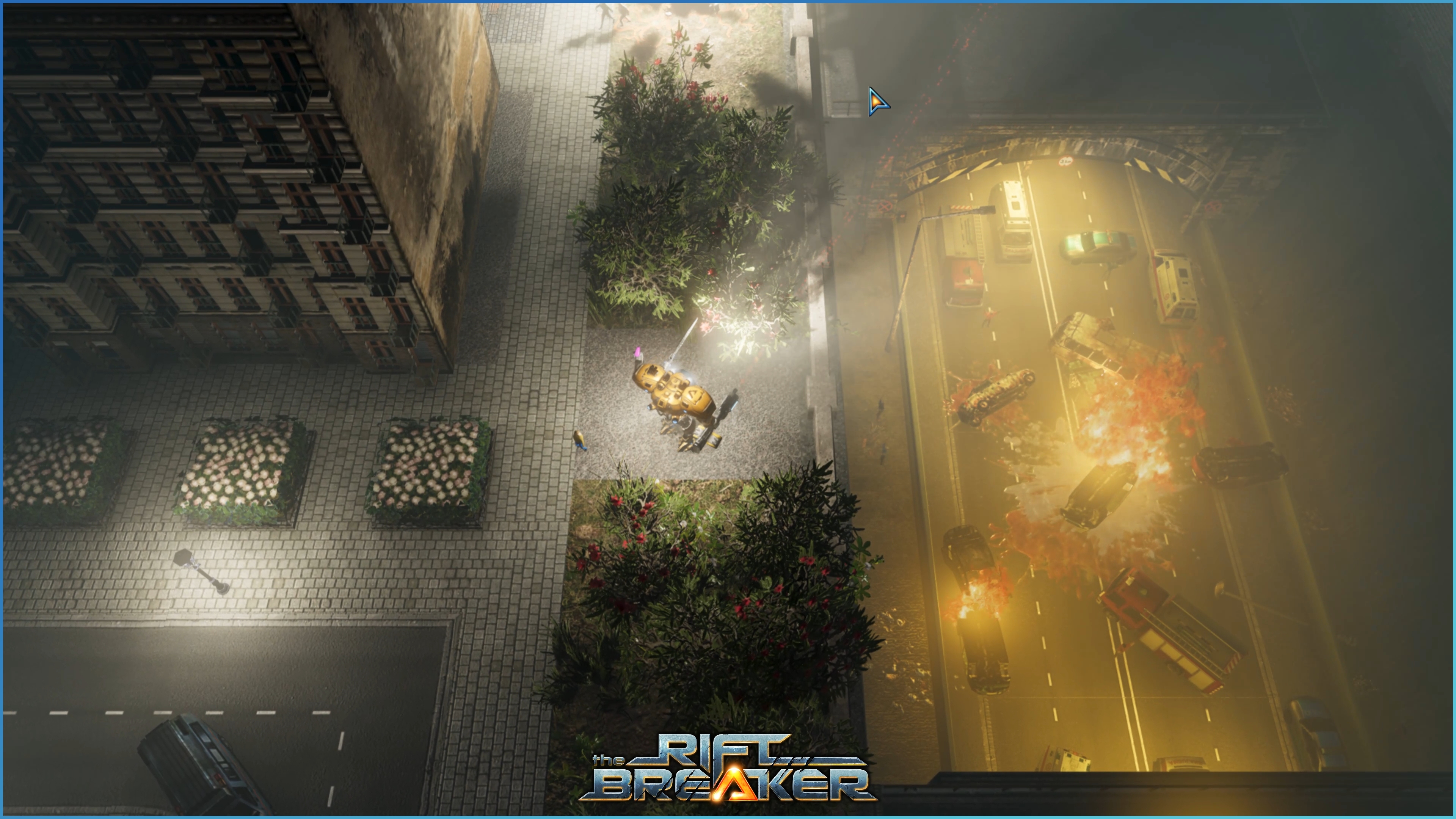
If you look closely, you will see the policemen interviewing one of the drivers!
Apart from looking great, the European City mod by Molch is a complete map that allows you to play Survival Mode without any issues. It currently uses the Crystal Caverns creature set and Survival mission rules. You will find a multitude of resource deposits scattered across the map, and the urban environment will create a fun challenge for your base-building skills. You will have to beware, though, as there are plenty of powerful creatures prowling the streets of the city (which doesn’t seem to phase the civilians too much). Bring your best gear when you go exploring, or be prepared for the walk of shame, trying to recover your lost weapons.
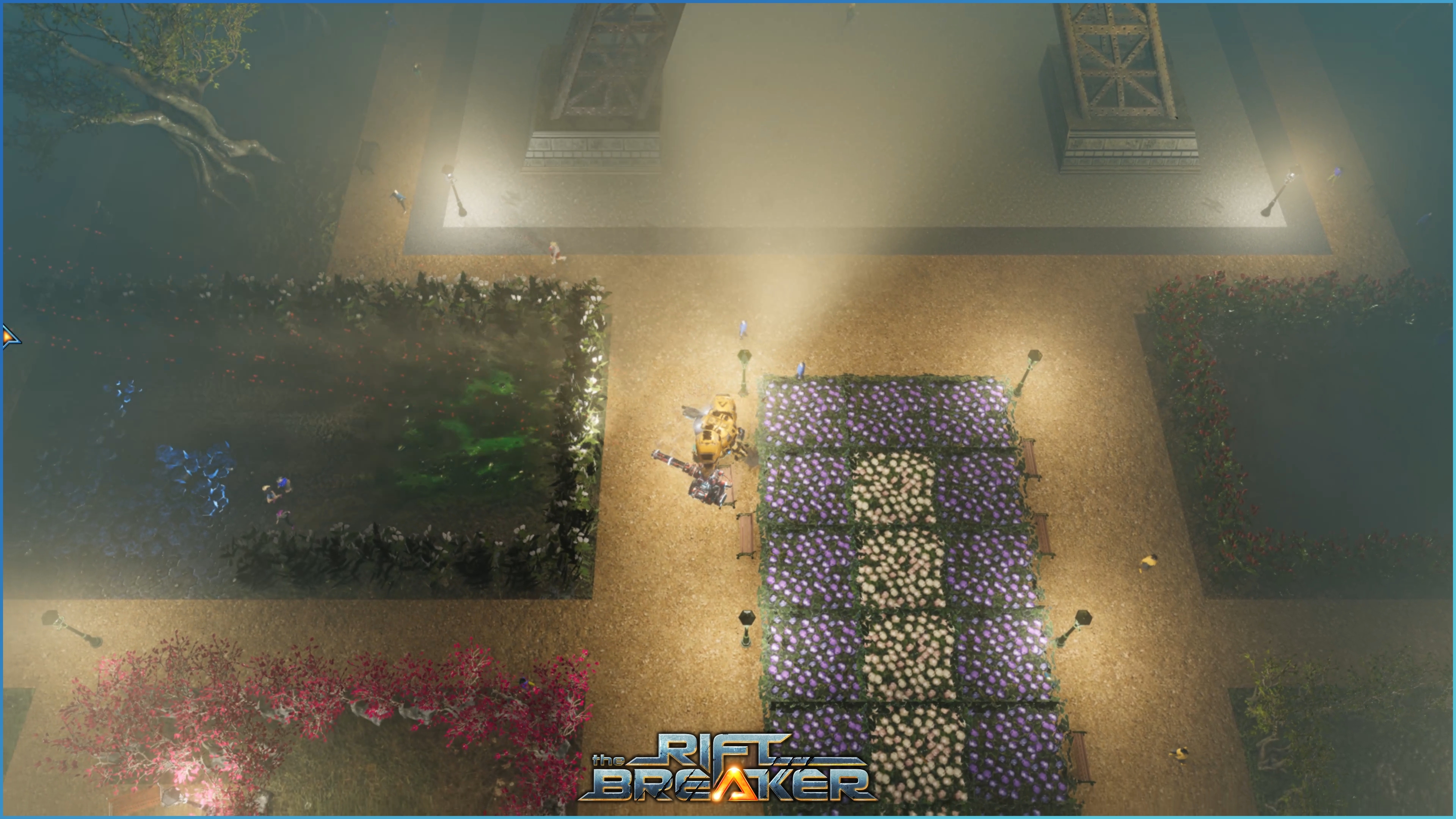
What a nice park! And the structure at the top looks strangely familiar. Download the map to see it for yourself!
We will do a playthrough of this map during our live stream today, so join us on www.twitch.tv/exorstudios at 3 PM CET (yes, right now) and watch Void get annihilated by familiar creatures in the unfamiliar landscape. If you want to make maps like that yourself, join our Discord at www.discord.gg/exorstudios and learn from other modders. Our community is growing stronger every day and both EXOR Staff and other modders will help you get started.

Mr. Riggs found the solution to the crowded car park problem.
See you soon!
EXOR Studios






